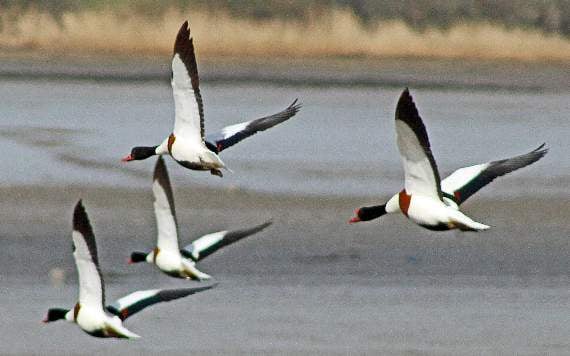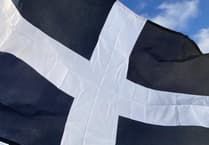We decided to visit Wacker Quay near Antony for a picnic lunch as the weather was agreeable and we had not visited the quay, which is now a designated picnic area, for some years. The original quay was built beside the River Lynher and there was once a railway line that took provisions and ammunition up to Scraesdon Fort beside Antony village. From there on the goods were taken by road up to Tregantle Fort.
There is plenty of room for several cars to park and a few wooden seats with a view of the river are provided making it a very pleasant place to picnic. Looking around, the first thing I noticed was an old boot on a pile of seaweed beside the river. I couldn’t resist taking a picture which I called ‘Das Boot’ after the German submarine film. I know in Germany boot is pronounced bot but as the film’s English name is The Boat, I associated the discarded boot with a wrecked boat. I hope readers will agree with me and have a laugh.
There were plenty of flowers around the area with yellow charlock – Sinapis arvensis – growing along the river bank. Although pretty to look at, the plant is no more than a persistent weed to farmers as their seeds can lay dormant deep in the soil until they are disturbed when a field is ploughed and the seeds germinate - much to the despair of the land owner. Going back a couple of centuries, their leaves were boiled and eaten as cabbage.
Plenty of brambles or blackberry flowers can be seen and there were lots of large flowers on the rosa rugosa bushes. These blooms are quite striking, about 7cm across, and the plants originally came from Japan where they are known as sand roses as they grow in sandy soil along the edges of beaches. It is said there was once an Abbot’s house beside the quay here many years ago and these roses might have originally been in the Abbot’s garden.
As I was walking along the flowering line on the high tide line, I noticed a dullish-white moth with light brown markings flitting around, and when it pitched, I could see that it was a mottled umber moth with about a 4cm wingspan. This one is usually a night-flying moth so the walkers around there must have disturbed it, but a beautiful red admiral was taking no notice of the visitors as it flew around.
I could see a couple of egrets searching around in the mud some distance away, too far away to photograph, but four shelducks were a lot closer when they took off noisily from the river. These ducks live almost exclusively along the river estuaries and feed on water snails and crustations gleaned from the river bed at low tide.

.png?width=209&height=140&crop=209:145,smart&quality=75)


